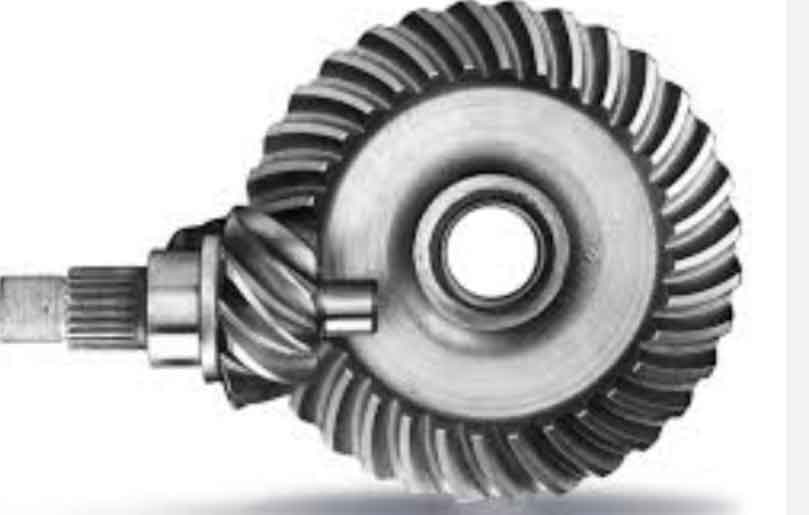
Hypoid gears are a type of spiral bevel gear that have a unique design and function compared to other gears. Let’s demystify the design and function of hypoid gears:
1. Design:
Hypoid gears consist of two components – the pinion and the gear. The pinion is a small gear with helical teeth, while the gear is a larger gear with spiral bevel teeth. The defining feature of hypoid gears is that the axis of the pinion is offset from the axis of the gear, resulting in a hypoid offset. This offset allows the gear to mesh with the pinion at a right angle, making it suitable for applications where the input and output shafts need to be perpendicular to each other.
The helical teeth on the pinion and spiral bevel teeth on the gear create a smoother tooth engagement compared to straight-cut bevel gears. This reduces noise and vibration during gear operation, making hypoid gears an excellent choice for applications that require quiet and smooth running.
2. Function:
Hypoid gears are primarily used to transfer rotational motion and torque between non-intersecting shafts that are at a right angle to each other. They are often employed in applications where space constraints or design requirements demand a right-angle gear configuration.
The offset design of hypoid gears allows them to transmit higher torque compared to other right-angle gear configurations like worm gears. The larger contact area between the teeth of the pinion and gear results in better load-carrying capacity and improved durability.
Hypoid gears find applications in various industries, including automotive, construction machinery, industrial equipment, and power tools. In the automotive industry, they are commonly used in rear differentials to transfer power from the driveshaft to the rear wheels, providing torque to both wheels while allowing for smooth cornering.
Overall, the design and function of hypoid gears make them a versatile and reliable choice for power transmission applications that require a right-angle gear configuration, high torque capacity, and smooth operation. Their unique offset design and helical/spiral bevel teeth contribute to their effectiveness in demanding and space-constrained applications.
